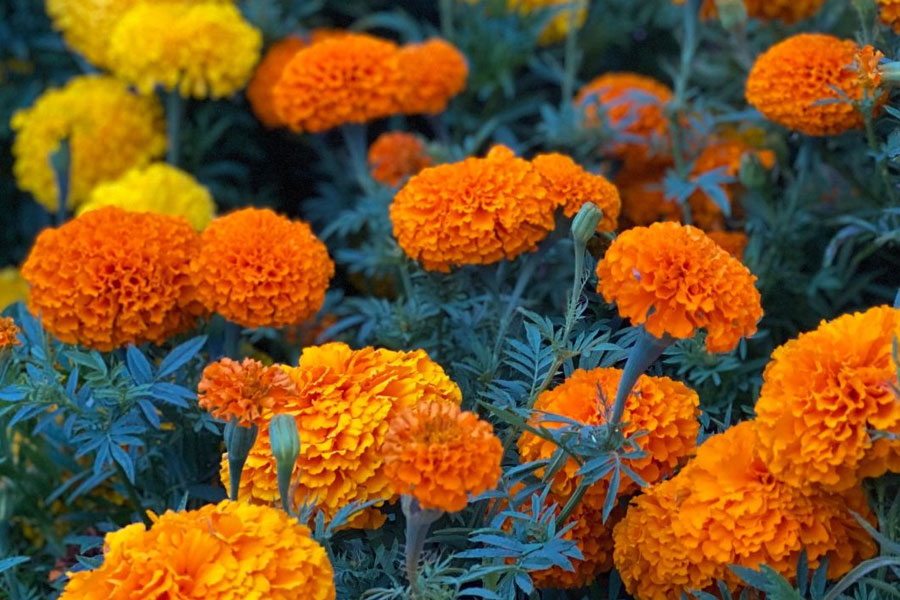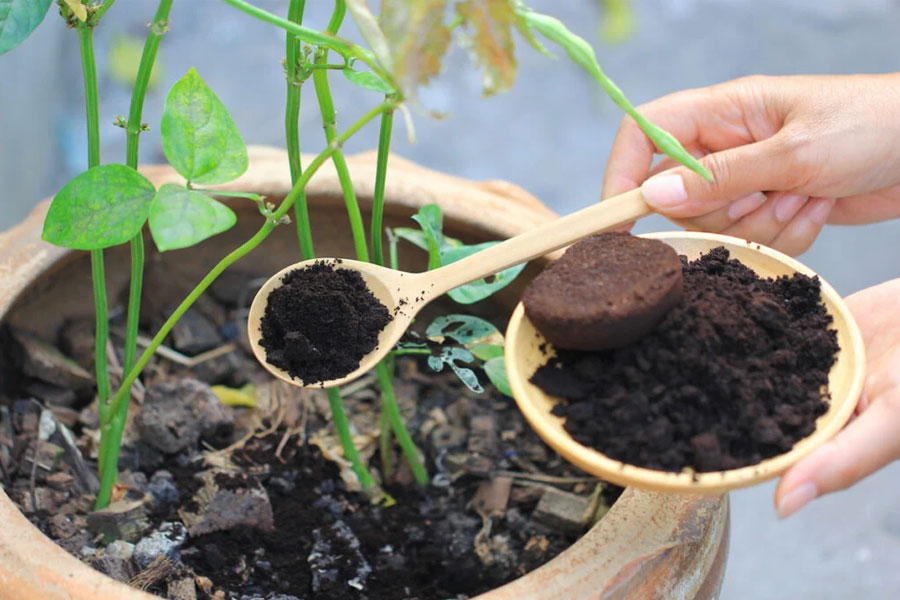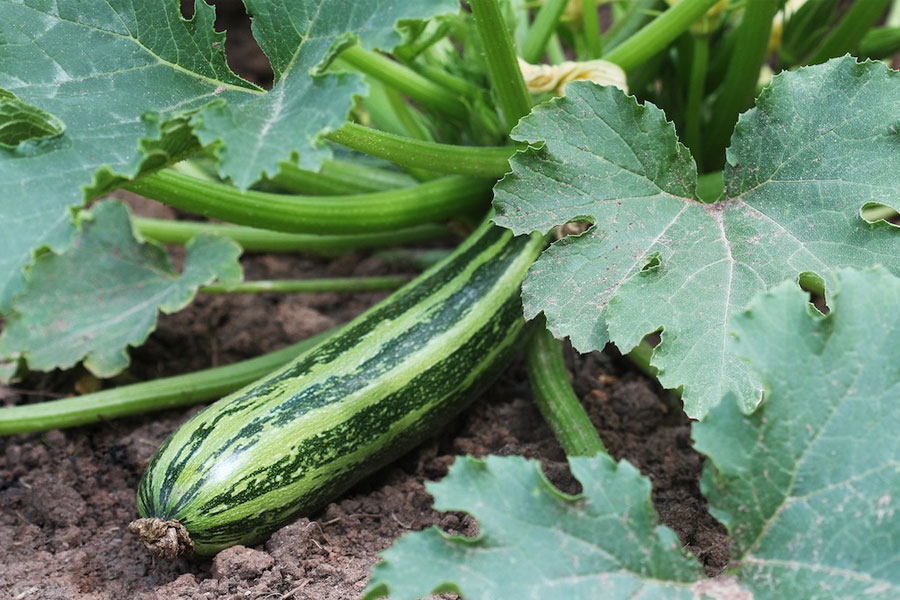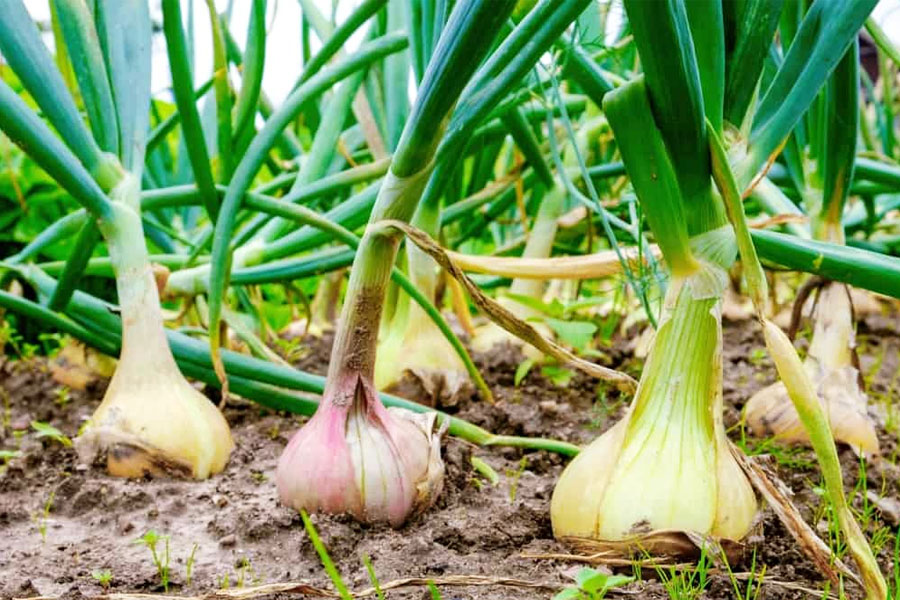
Marigolds (Tagetes) are a genus of about 50 species of annual and perennial herbaceous plants in the daisy family (Asteraceae). These flowers are native to the Americas, particularly Mexico and Central America, but they have become popular garden plants worldwide. Known for their bright, cheerful blooms and their ability to thrive in various conditions, marigolds are a staple in many gardens.
What is the Scientific Name for Marigold
The scientific name for marigolds is Tagetes, with the most commonly grown species being Tagetes erecta (African Marigold), Tagetes patula (French Marigold), and Tagetes tenuifolia (Signet Marigold).
Marigolds are a versatile and valuable addition to any garden. With their vibrant colors, ease of care, and numerous benefits, they are sure to brighten up any space and provide joy throughout the growing season.
Species of Marigold
Here are some of Marigold’s key species;
- Tagetes erecta (African Marigolds):- These are the tallest and largest-flowered marigolds, with blooms that can reach up to 5 inches in diameter. They are often used in bedding and as cut flowers.
- Tagetes patula (French Marigolds):- These are more compact, bushy plants with smaller flowers. They are ideal for edging and containers.
- Tagetes tenuifolia (Signet Marigolds):- These have finely divided, lacy foliage and small, single flowers. They are often used in herb gardens and as companion plants.
- Tagetes lucida (Mexican Marigold):- This species are known for its aromatic leaves that are used as a tarragon substitute in cooking. They produces small, yellow, daisy-like flowers.
- Tagetes minuta (Southern Cone Marigold):- A tall species with small, inconspicuous flowers, valued for its essential oil, which has applications in traditional medicine and as a natural pesticide.
Description and Characteristics
Appearance
Marigolds are known for their distinctive, brightly colored flowers, which range from yellow and orange to red and gold. The blooms can be single or double, with a variety of shapes and sizes, depending on the species and cultivar.
Fragrance
Marigolds are known for their distinctive, somewhat pungent fragrance. The scent is often described as strong, herbal, and musky, with hints of citrus and spice. The fragrance of marigolds plays a significant role in their use as companion plants for vegetable plants like peppers in detering nematodes, aphids, and other pests.
Plant Structure
Marigold plants have erect, branched stems with pinnate leaves that are deeply divided into lanceolate segments, giving them a feathery appearance. The foliage varies from dark green to grey-green and often emits a strong scent when crushed.
Growing Habit
These flower plants can grow in full sun and well-drained soil. They display a robust tolerance to a variety of growing conditions, including poor soil. Marigold plants can grow anywhere from 6 inches to 3 feet tall, depending on the variety.
Ideal Growing Conditions
1. Full Sun Exposure
Marigolds ideally grow in full sunlight, requiring at least 6-8 hours of direct sun per day. They can tolerate partial shade, but the flowering may be less prolific.
2. Fertile Soil
Marigold plants prefer well-drained, moderately fertile soil. They are not particularly fussy about soil pH, but they do best in slightly acidic to neutral soils (pH 6.0-7.0).
3. Regular Watering
While marigolds are drought-tolerant once established, they perform best with regular watering. Ensure the soil remains moist but not waterlogged, as excessive moisture can lead to root rot.
4. Warm Temperature
Marigolds grow best in warm temperatures, ideally between 21-24°C. They are sensitive to frost and should be planted outdoors only after the last frost date in spring.
Planting and Care Tips
Planting
- Marigold plants should be planted after the last frost of spring.
- You need a location with direct sunlight and well-drained soil for planting these plants.
- You have to sow seeds directly in the garden bed with propert spacing of usually 6-8 inches apart. Make sure to cover seeds lightly with soil and water gently.
Care
- Marigolds do not require heavy feeding. Apply a balanced, slow-release fertilizer at planting time. Too much fertilizer can result in lush foliage with fewer flowers.
- You have to regularly remove spent blooms also known as deadheading to encourage continuous flowering.
- Use insecticidal soap or neem oil to prevent pests.
- You can harvest marigold flowers for decorative purposes or to save seeds. Allow flowers to dry on the plant and remove the seed heads, break them open, and collect the seeds. Then, store seeds in a cool, dry place for planting next season.
Common Issues and Solutions
1. Pests
Marigold plants are prone to pests such as aphids, spider mites, and nematodes. These pests can cause damage to the plants by damaging their foliage and roots.
Solution:- You can use organic pesticides or insecticidal soaps to combat these pests. Additionally, you can practice crop rotation to reduce nematode populations in the soil.
2. Diseases
Marigolds may suffer from diseases like powdery mildew, botrytis blight, or bacterial leaf spot, especially in humid conditions.
Solution:- You have to provide proper air circulation around plants by spacing them adequately. Also, avoid overhead watering to prevent the spread of fungal diseases.
3. Poor Soil Drainage
As we have already told, marigolds require a well-drained soil. Poor soil drainage can decrease their growth or cause yellowing of leaves.
Solution:- You can add organic matter like compost to improve drainage and soil structure. Remember to regularly fertilize the plants with a balanced fertilizer to provide essential nutrients.
4. Environmental Stress
Marigolds may have stress symptoms under extreme weather conditions like intense heat or cold.
Solution:- You can provide shade during periods of intense heat to protect the plants from sunburn.
5. Poor Flowering
Inadequate sunlight, overcrowding, or nutrient imbalances can result in reduced flower production in marigold plants.
Solution:- Make sure your marigold plants receive at least six hours of sunlight daily for optimal flowering. Thin out overcrowded plants to improve air circulation and light penetration.
Frequently Asked Questions
1. How often should I water marigolds?
Water marigolds regularly, keeping the soil moist but not waterlogged. Once established, they are relatively drought-tolerant.
2. Can marigolds grow in shade?
Marigolds prefer full sun but can tolerate partial shade. However, they may produce fewer flowers in shaded areas.
3. When is the best time to plant marigolds?
Plant marigold seeds or transplants after the danger of frost has passed, typically in spring.
4. How do I prevent pests on marigolds?
Regularly inspect plants for pests like aphids and spider mites. Use insecticidal soap or introduce natural predators to control infestations.
5. Do marigolds need fertilizer?
Marigolds do not require heavy feeding. A light application of balanced fertilizer at planting time is usually sufficient.













